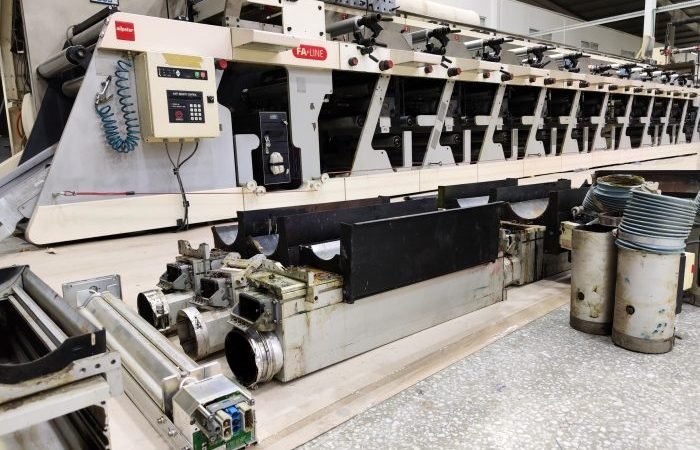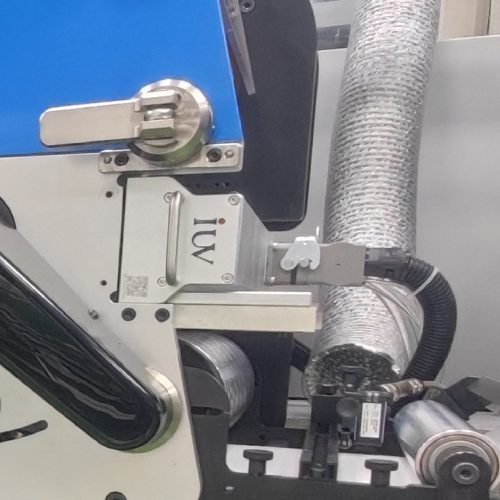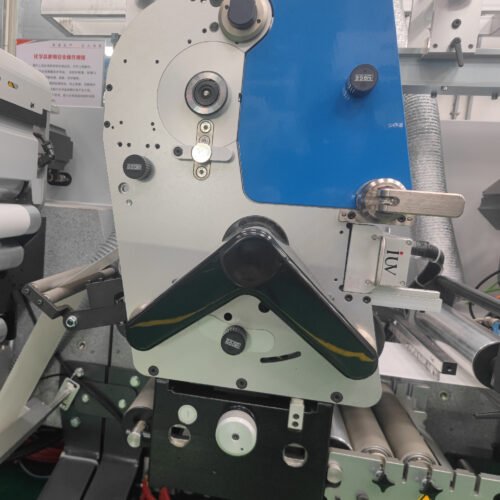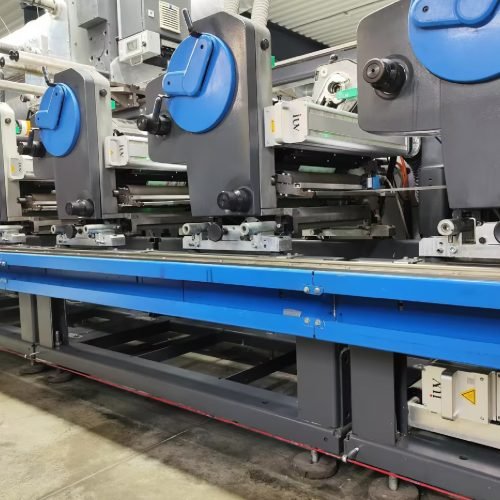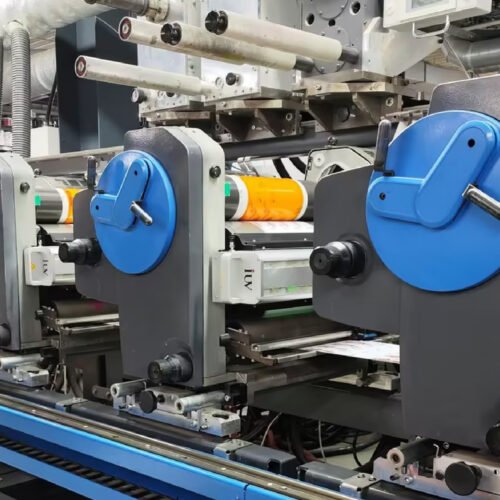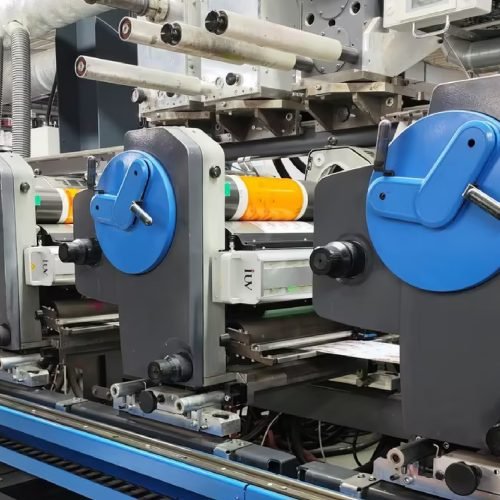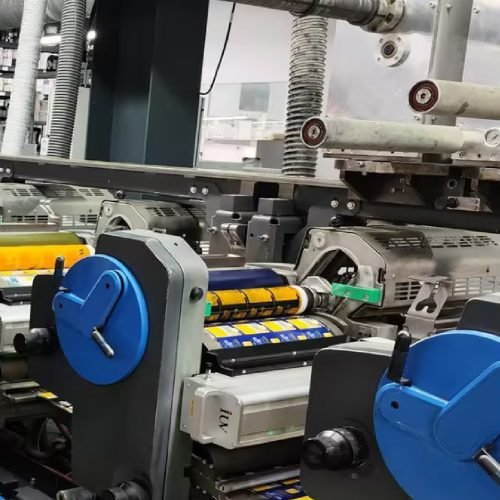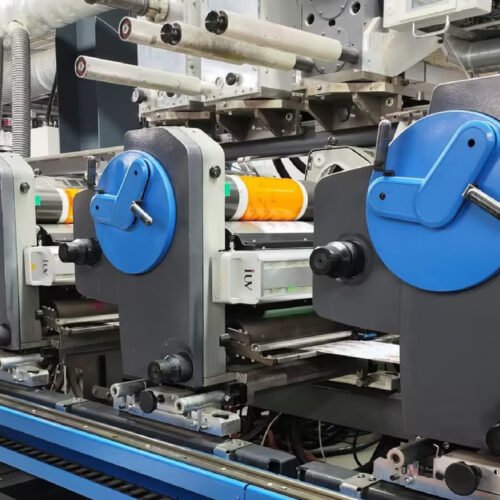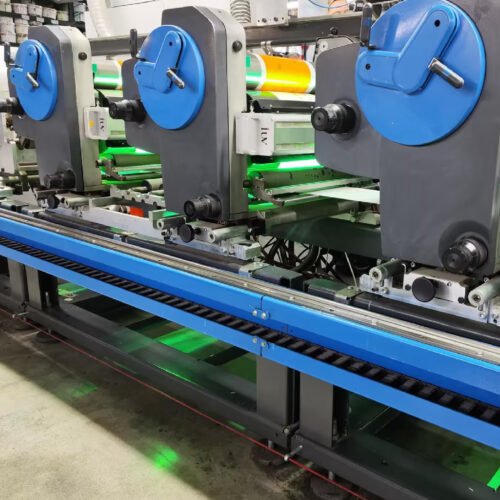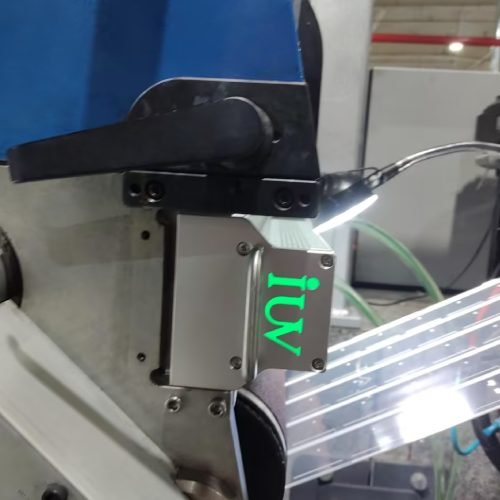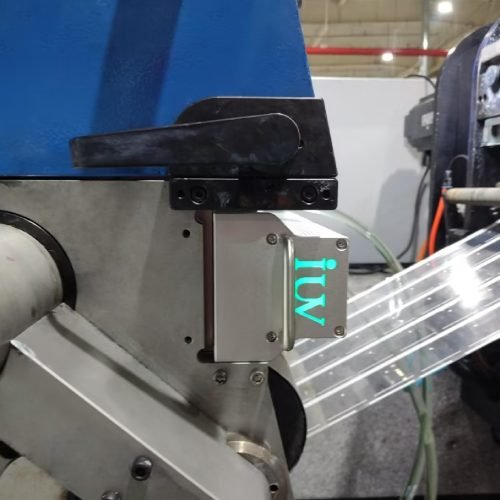With the increasing demand for ultraviolet (UV) curing technology in industries such as printing, coating, and adhesive bonding, UV light source technologies have developed into two main forms: mercury lamp (traditional UV) and LED UV.
These two technologies differ significantly in various aspects, particularly in terms of after-sales maintenance costs. Understanding these differences is crucial for businesses looking to optimize costs and improve production efficiency.

Lamp Lifespan Comparison
Traditional UV:Use mercury lamps, which typically have a lifespan of between 800 and 1,000 hours. As usage time increases, the light output of the mercury lamps gradually diminishes, leading to a decline in curing performance.
These lamps need to be replaced regularly, and in cases of frequent use, businesses may need to replace them multiple times a year, which adds to maintenance costs and downtime.
LED UV: In contrast, LED UV lamps have a significantly longer lifespan, typically ranging from 15,000 to 20,000 hours, or even longer. The light output of LED lamps diminishes at a much slower rate, and even after years of use, their brightness remains relatively high.
As a result, businesses do not need to replace the lamps as often, which reduces replacement frequency and associated costs. Over the long term, the maintenance costs of LED UV systems are significantly lower than those of traditional UV.
Energy Consumption
Traditional UV (Mercury Lamp UV): Mercury lamps require high power to generate ultraviolet light and produce significant heat, leading to relatively high energy consumption. High temperatures and power supply during operation, which not only increases energy usage but may also place additional strain on cooling systems, thereby increasing maintenance costs.
LED UV: LED typically have higher light conversion efficiency, allowing electrical energy to be converted into light energy more effectively, thus reducing unnecessary energy losses. It consumes less power and generate less heat, which reduces the load on cooling systems. This significantly lowers energy costs and the maintenance costs associated with cooling systems. Businesses using LED UV systems can save significantly on electricity bills.
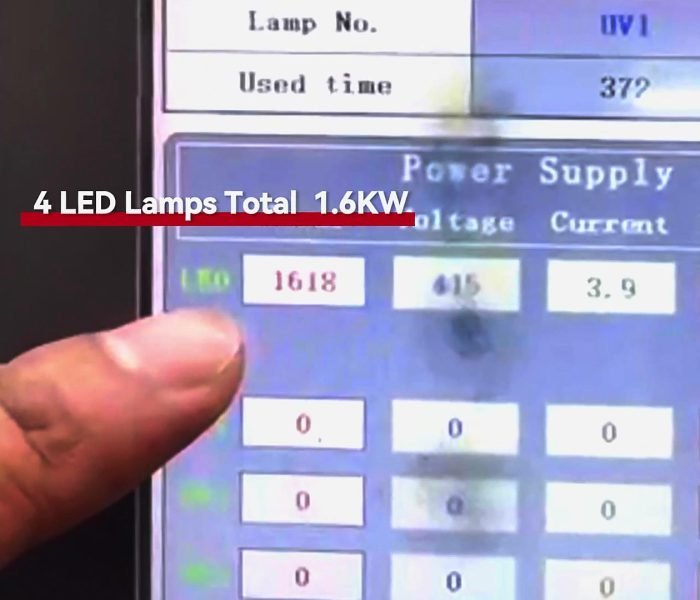
Replacement and Repairs
Traditional UV (Mercury Lamp UV): In addition to lamp replacement, traditional UV systems also require periodic replacement of consumables such as reflectors, filters, and motors. These components wear out or age over time, and when they fail, they must be replaced immediately.
The frequent replacement of mercury lamps adds to the overall cost. Additionally, mercury lamp disposal requires special environmental measures, which introduces additional costs. The need to replace parts and perform repairs often leads to production downtime, impacting the overall operation.
LED UV: LED UV systems have fewer consumables, and the durability of LED lamps means they experience slower performance degradation. Due to the higher stability and longevity of LED systems, fewer parts need to be replaced, and the need for repairs is greatly reduced. As a result, the repair and replacement costs for LED UV systems are noticeably lower than those of traditional UV.
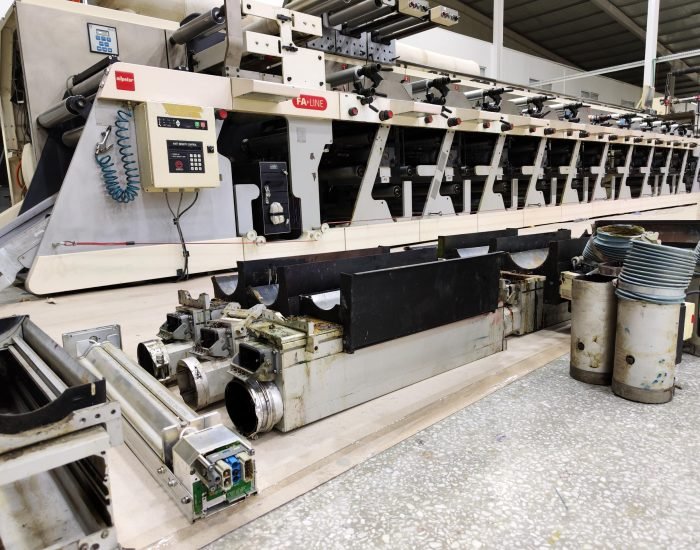
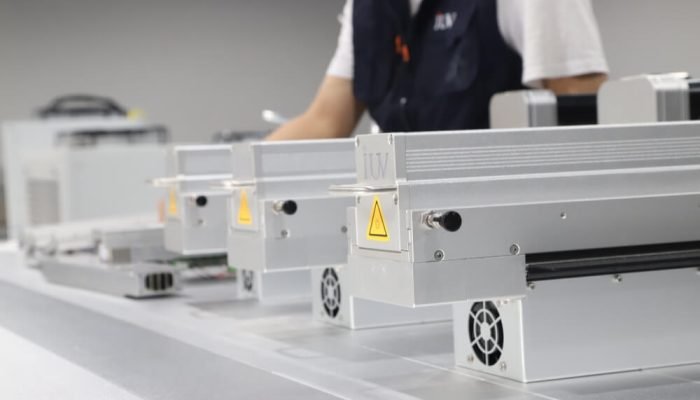
Environmental Impact and Safety

